Top 10 essential tools that a beginner gardener needs.
Starting a garden is exciting, but it can also be very frustrating. You must first decide what you want to grow and where you want it to grow. And there’s the matter of figuring out how to make it happen. Unfortunately, planting isn’t as easy as sowing seeds and waiting for nature to take its course. You’ll need to put in a lot of effort, and you’ll need tools to assist you.
There are so many garden equipment, devices, and accessories available that deciding which is best for your outdoor projects can be daunting. However, there are a few lawn and garden resources that almost everyone uses on a daily basis.
When it comes to landscaping equipment, it’s easy to go overboard. They can take up a lot of space and cost a lot of money, but keeping your shed or storage area concentrated on the basics can prevent it from being overcrowded. Investing in the highest-quality tools your budget allows and maintaining them properly will help you get the most out of your investment.
Here’s a list of the top 10 essential tools that a beginner gardener needs.
10. Garden Gloves.
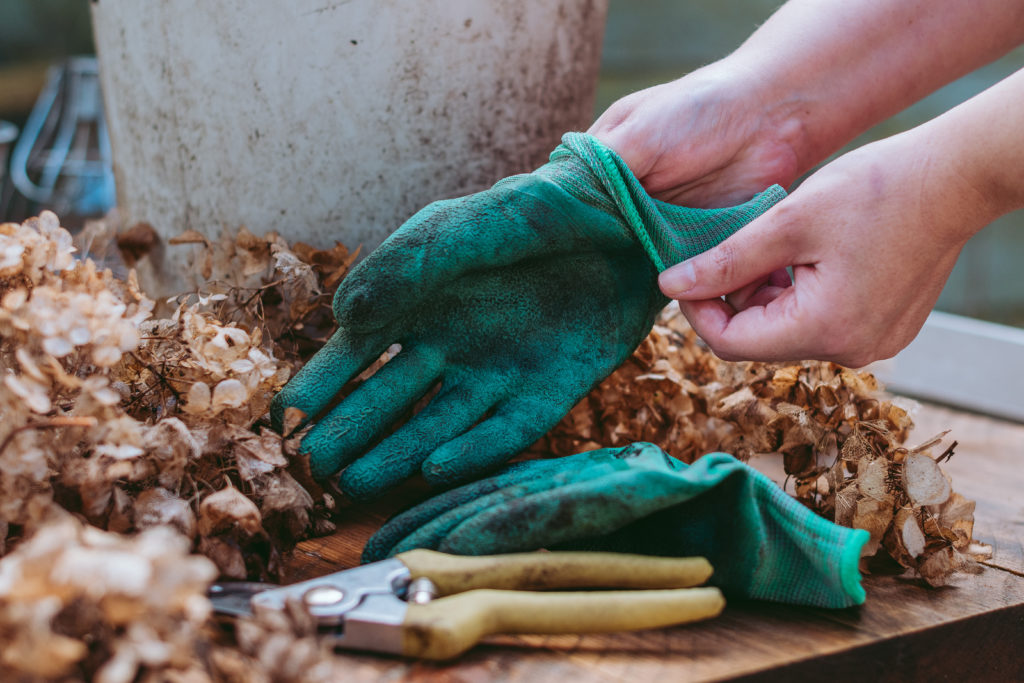
Gloves do not come to mind when thinking of gardening equipment, but they are one of the most important accessories you can have because they protect the most valuable tool: your hands. Furthermore, they protect the wrists and arms from bruises, callouses, and dirt.
The type of gloves you need will be decided by the work you’re doing. Long rose garden gloves will protect you from scratches if you work with a lot of thorny plants. If you have calloused hands from yard work, look for work gloves with a leather palm. There are plenty of cheap and lightweight gloves to choose from if you’re mainly only digging in soft soil and tending to your vegetable garden.
9. Hori Hori Garden Knife.
Because of its versatility, a Hori Hori is always the first tool I recommend to new gardeners. It’s a Japanese tool that can be used as a knife, a shovel, a ruler, among other items.
Use it to dig holes for planting– it’s handy for seed planting because the blade can be used to calculate the depth of the hole. The blade’s form is also suitable for transplanting, as it slips quickly into the pot to remove the seedling. Weeding and loosening the soil with a Hori Hori was also a breeze. Many models come with a belt holder, which is understandable given how often gardeners reach for this tool.
8. Round Head Shovel.

There are many different types of shovels and spaces available in various styles and sizes, but a good quality round head shovel can give you the most bang for your buck and handle most digging tasks.
Break up dirt with a hammer, dig wider pits, and transplant soil. It can quickly take the place of a spade or garden hoe in a pinch.
A hand trowel is the ideal digging method for container gardeners who don’t need a shovel. It’s great for moving soil into containers and transplanting seedlings.
7. Pruning Shears.
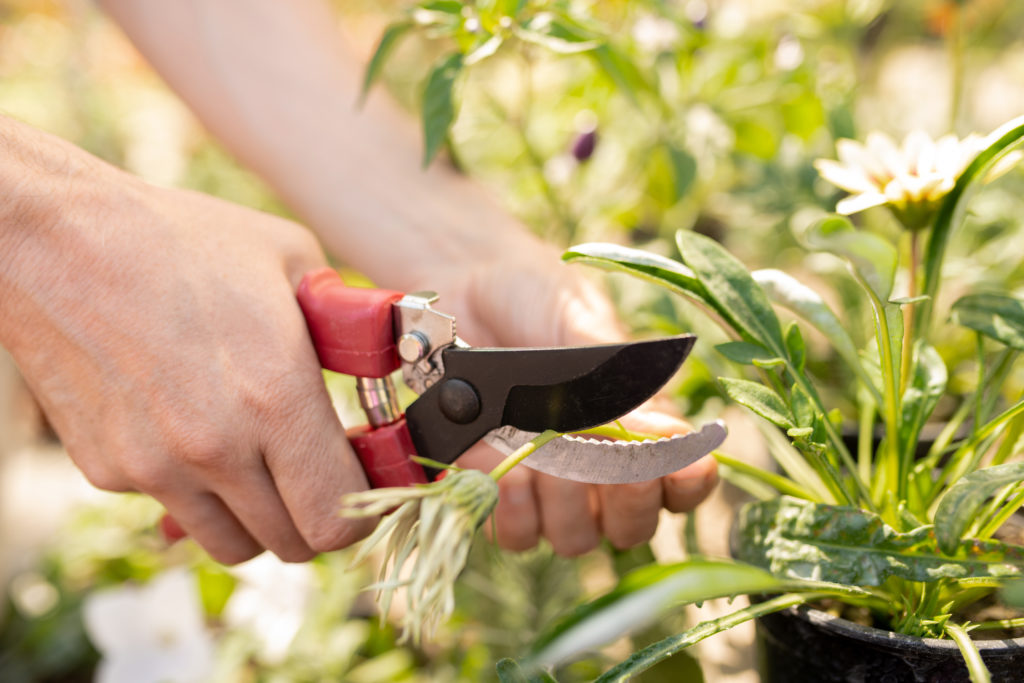
Pruning shears are a gardener’s best-of-both-worlds weapon. They’re perfect for pruning and harvesting delicate plants like herbs, as well as cutting and trimming light branches.
Look for all-steel shears, which can cut branches up to 5/8′′ thick. These pruners can come in handy in your vegetable garden, as well as with bushes and shrubs and some small tree branches.
6. Hand Cultivator.
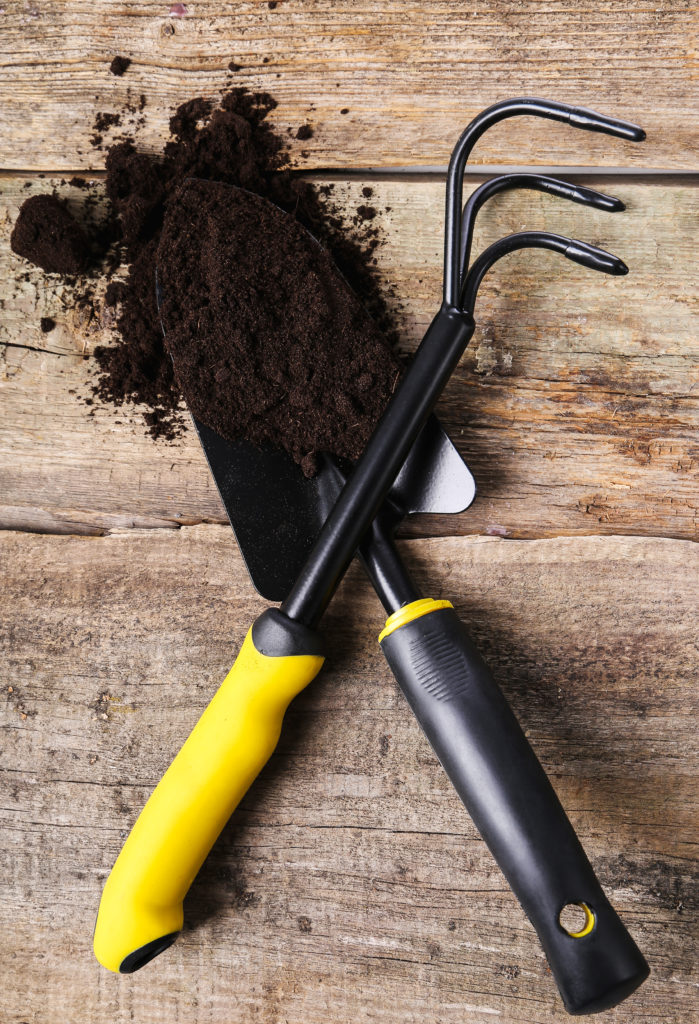
Depending on the type of job you need to do, there are a few different designs and types of hand rakes to choose from. Find a three-pronged cultivator with durable tines for an all-purpose tool.
It can be used to remove leaves or spread mulch. A good cultivator may also be used to break up dirt, transform the soil, and incorporate compost. They’re also great for digging out weeds, especially in tight spaces between plants. Although larger tools are needed for a large patch of yard, a hand cultivator is suitable for flower and garden beds and container gardens.
5. Bow Rake.
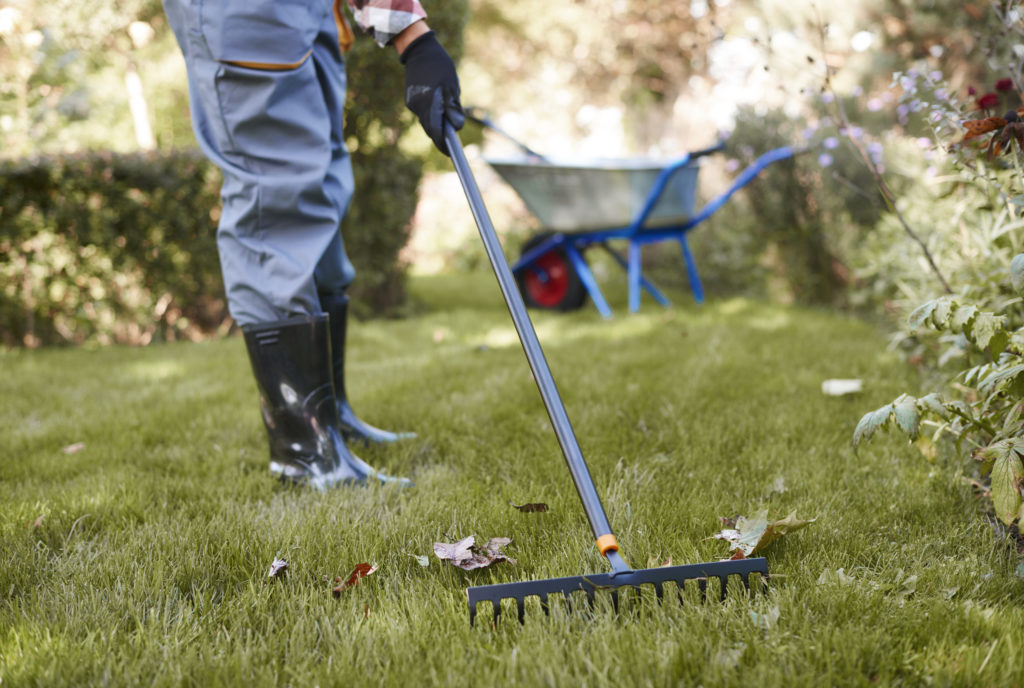
A bow rake is useful when working with larger areas. Spread soil or compost, remove leaves from a garden bed, or split up and turn soil with it. You may be able to get away with using your bow rake for several tasks that would normally need a spading fork when you’re first starting out.
A bow rake may be used to collect leaves or grass clippings on your lawn for other yard work, saving you money on a yard rake. They can also be used to spread mulch.
4. Garden Hose.
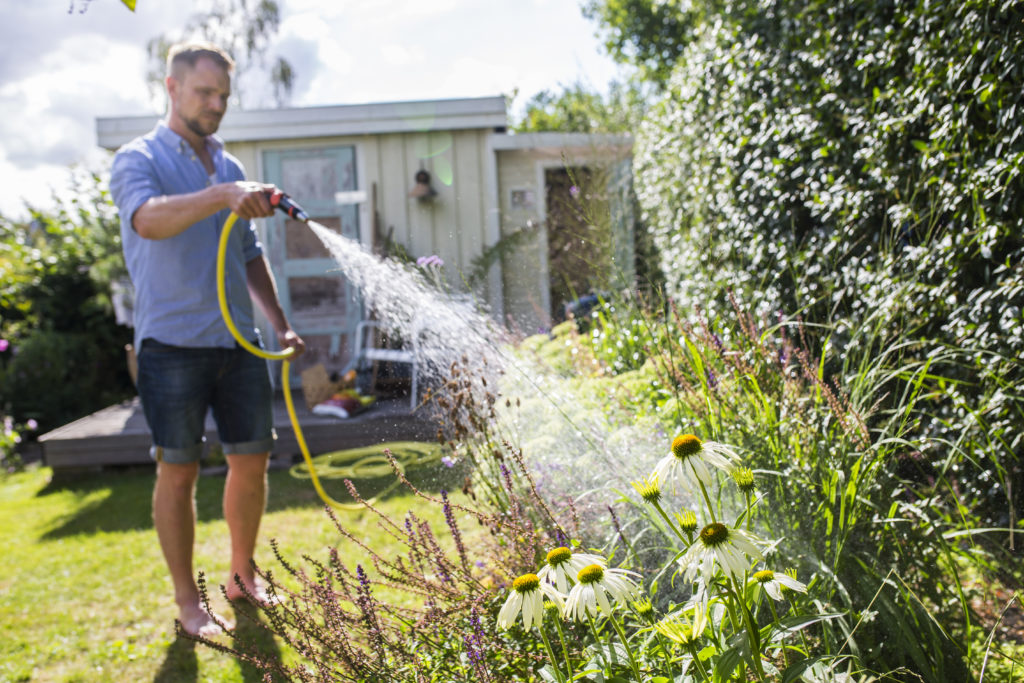
Watering your lawn, flower beds, vegetable gardens, and outdoor container gardens is simple with a garden hose. Look for a hose that is both durable and long enough to cover all four corners of your yard from your spigot.
If weight is an issue, opt for a lightweight expandable hose like the Pocket Hose instead of a conventional rubber hose.
3. Digging Spade.
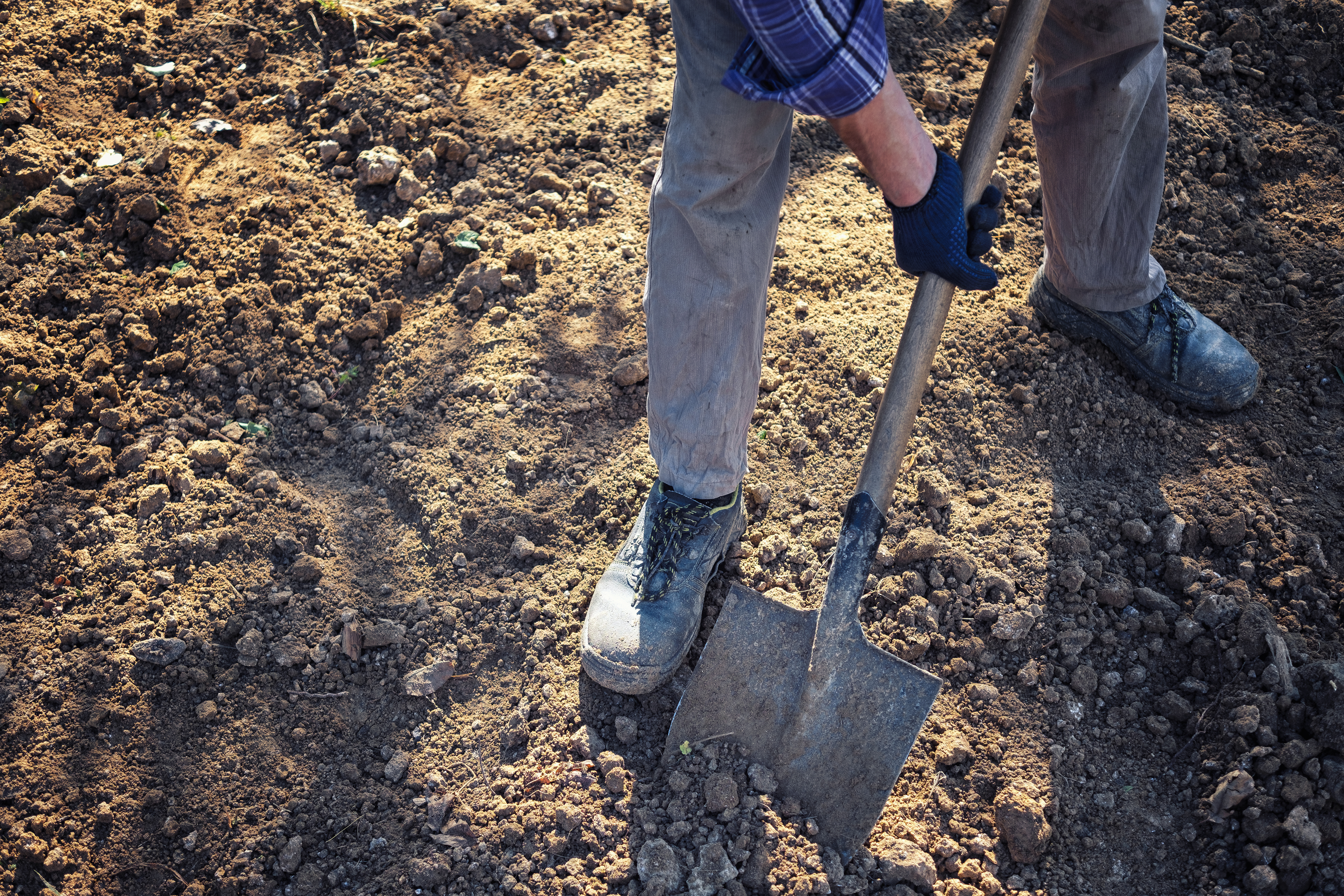
A garden spade is suitable for digging jobs that involve anything larger than a trowel but smaller than a shovel. It is mostly used to dig holes for trees, shrubs, and large flower plants, but it can also be used to shovel dirt, compost, and organic fertilizer from a pit, container, or wheelbarrow, as well as to cut a trench or slicing off thick turf.
It may also aid in removing small tree roots, so keep them sharp at all times.
2. Pots.
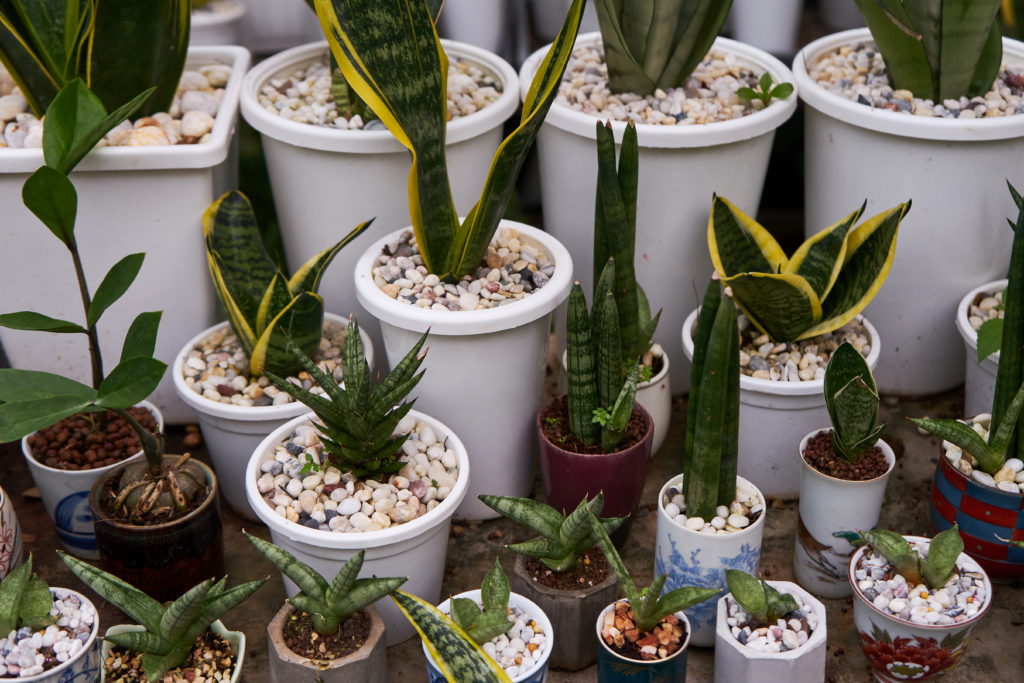
Plants can be shipped in containers, which makes them an excellent gardening tool. They’re great for people who live in apartments and don’t have access to a greenhouse or for people who move around a lot and want to bring their plants with them.
Pots come in a range of sizes, from small ones for desktop succulents to big ones for trees or portable veggie gardens. Plastic pots, terracotta pots, and ceramic pots are available in various colors to fit your desired aesthetic (or you can paint your own).
1. Watering can.
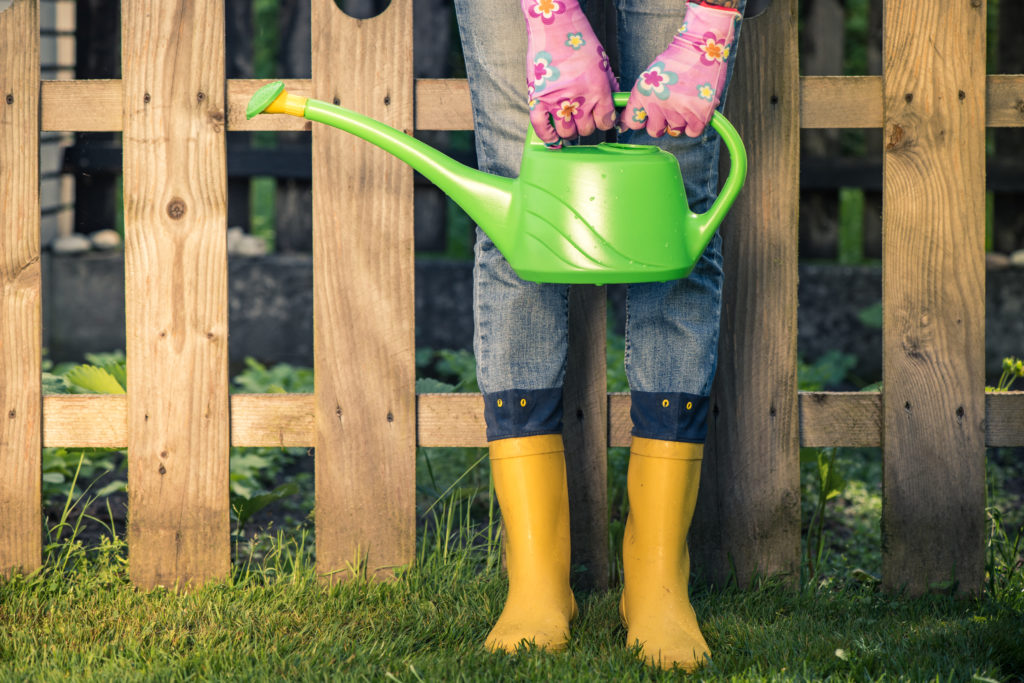
For those with smaller gardens, a watering can is ideal. It helps a gardener carry water to their plants and water many plants at a time before refilling (it sure beats running back and forth with a small cup!). Watering cans are available in a number of sizes and are usually made of metal or plastic.
So there you have it: ten essential gardening tools for beginners. There are various additional resources available to aid the operation, but you don’t need much to get started. Start small and develop your plant and tool collection as you go if you want to start gardening as a rewarding hobby.
The books we recommend, go into more detail on the tools you need.
Backyard Gardening Book (paperback)
Backyard Gardening Book (audiobook)

